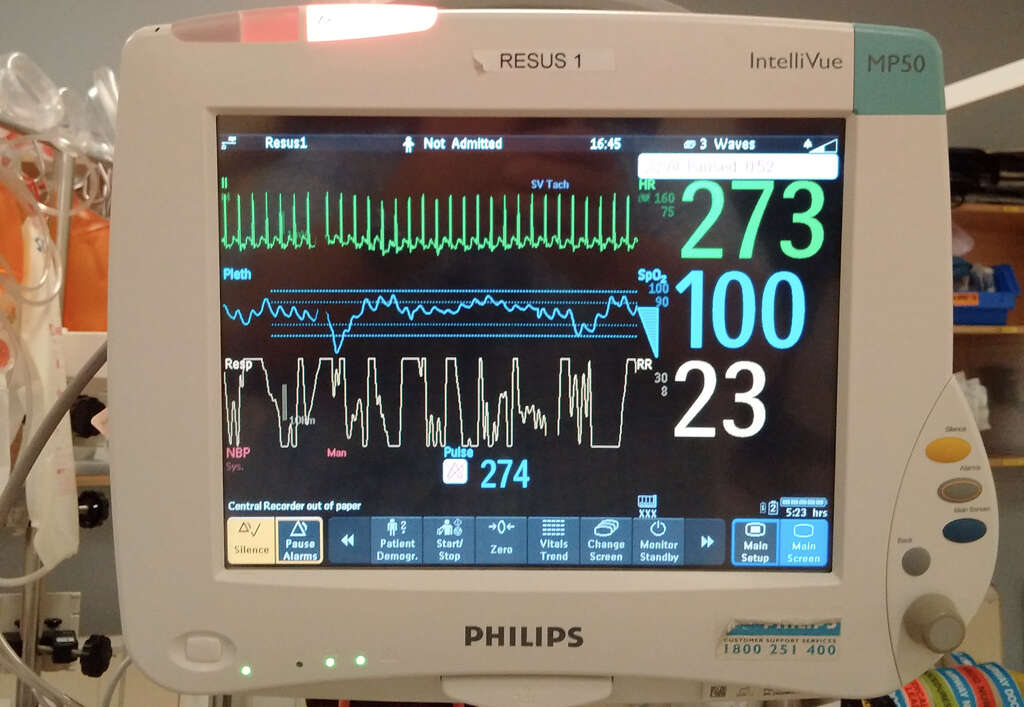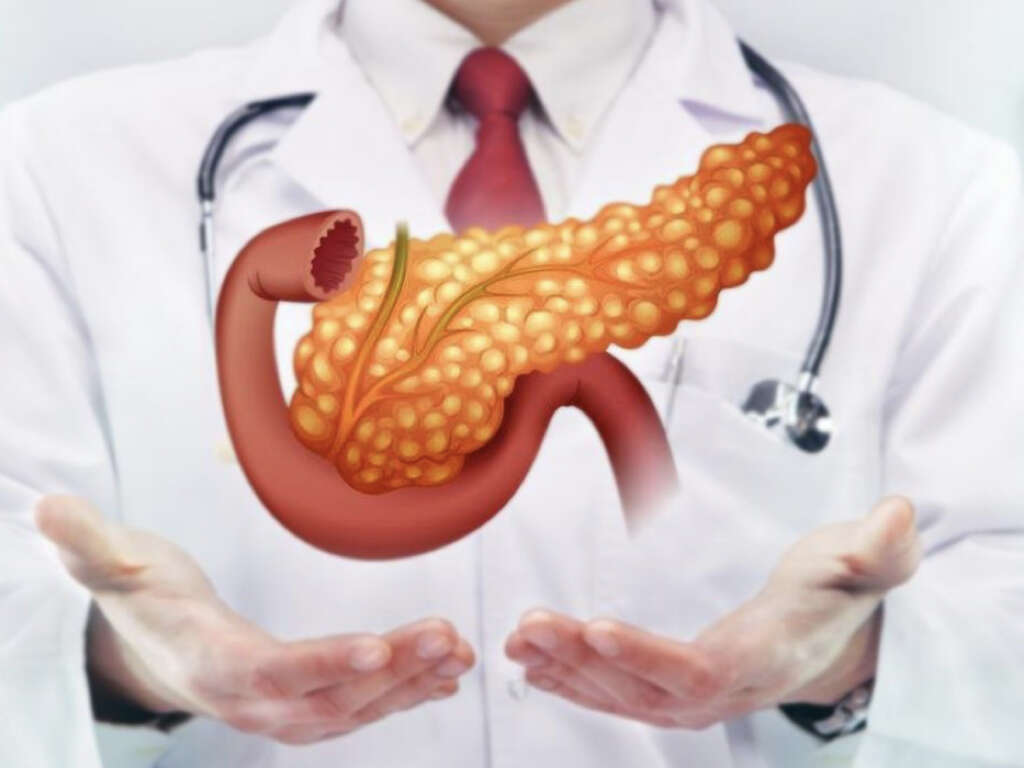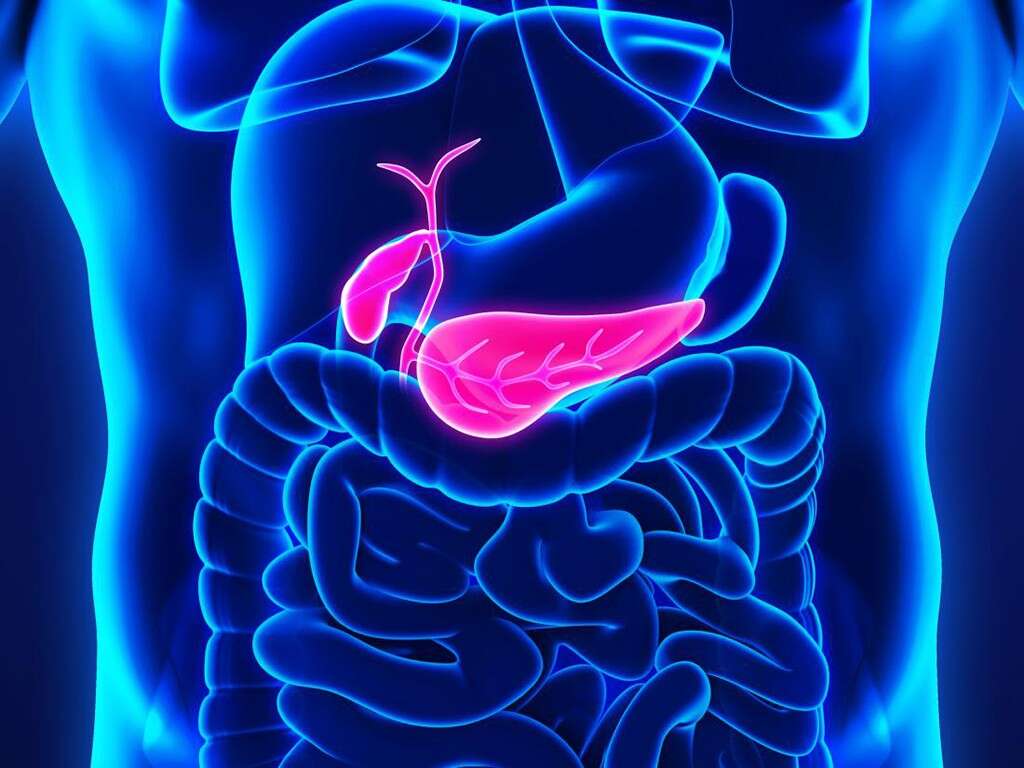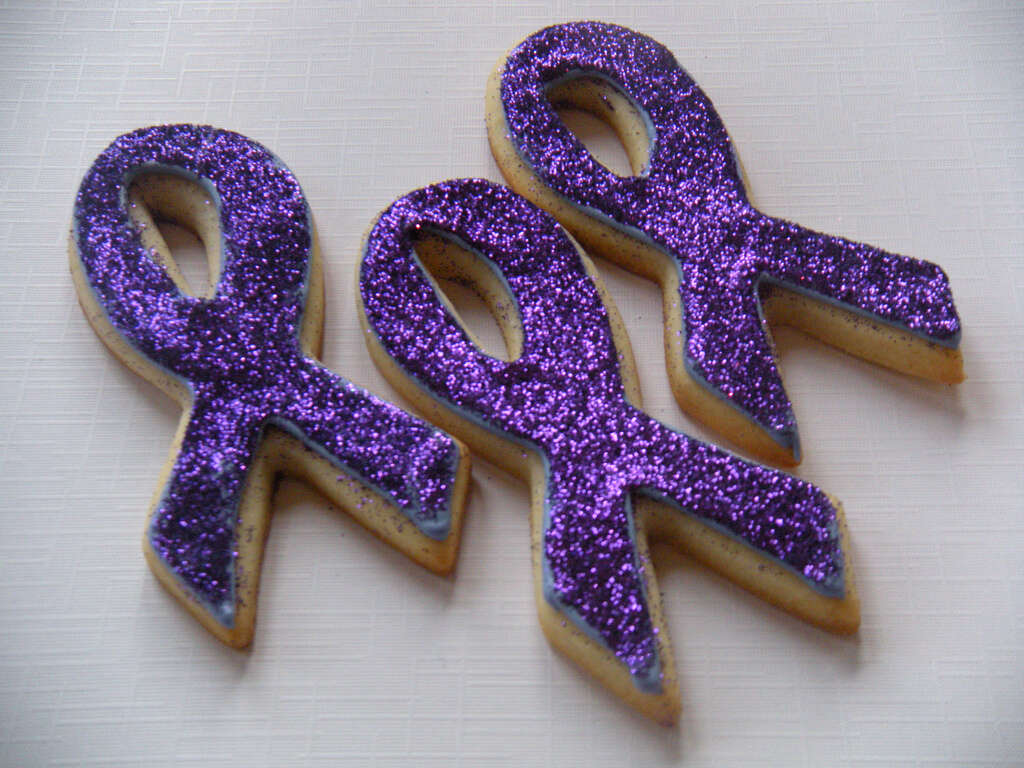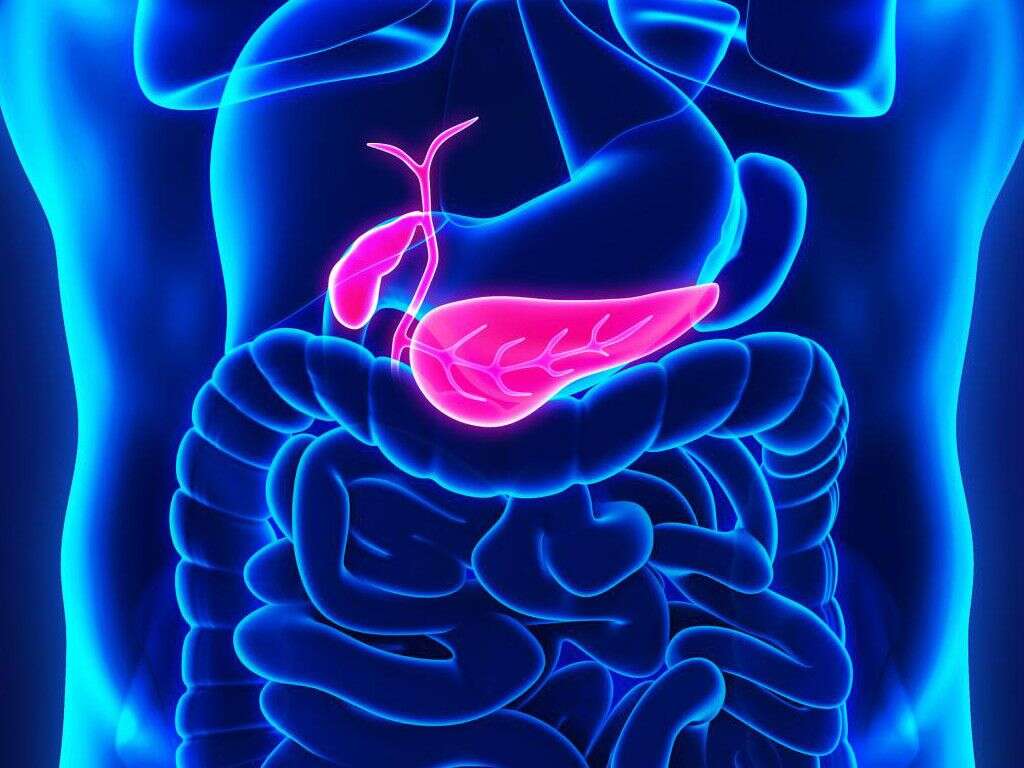10 Acute Pancreatitis Symptoms
The pancreas is an internal organ that is found just below the liver in the upper abdomen. It is only around 6 inches long but it plays an important role in the digestive system. It is possible to live without it, but it would mean that we are no longer able to produce insulin. This would result in diabetes.
Acute pancreatitis is a condition where the pancreas becomes inflamed. This can have an impact on the digestive system and create a host of other unwelcome symptoms.
If you do suspect that you have acute pancreatitis then you should make an appointment to get it checked out as soon as you can. Below are 10 symptoms of acute pancreatitis to look out for.

Symptom #1: Nausea
Whenever we fall ill, there is a good chance that we will experience nausea to some degree. It all depends on the illness, of course, but there are numerous illnesses that can cause this symptom. This can make it difficult to pinpoint the cause just from the nausea symptom alone.
Nausea can range significantly in terms of severity. It can range from being mildly uncomfortable to downright debilitating. There is also a good chance that you will experience vomiting and this can complicate things further. If you are experiencing nausea and you don’t know why, you should consider seeing a doctor to find out what is causing it.

Symptom #2: Indigestion
Indigestion is bound to happen every now and then. Eating too much or treating yourself to something that is not good for you can leave you in some discomfort. It is something that will usually pass in time or maybe with the help of some remedies.
Indigestion is not always necessarily caused by eating the wrong thing, though. It can also be caused by certain illness and conditions such as acute pancreatitis. If you are experiencing prolonged indigestion along with other symptoms then you should see a doctor to find out why.
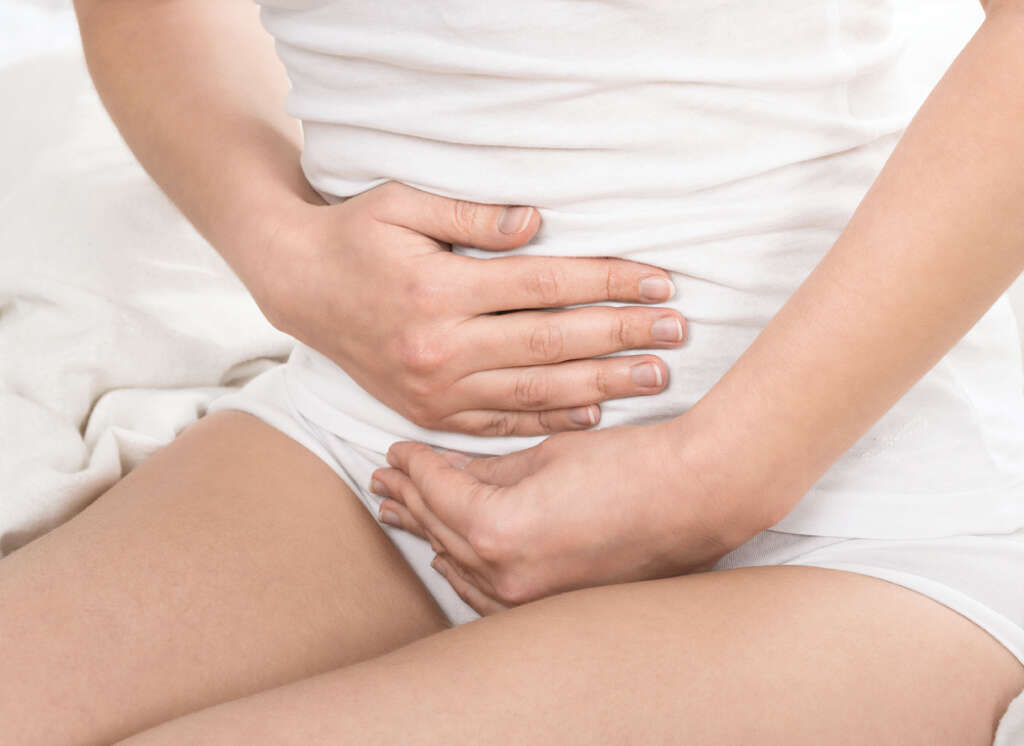
Symptom #3: Pain That Moves to Your Back
One of the most unpleasant symptoms of pancreatitis is the pain. The condition can be very painful indeed, meaning you are likely to end up seeing a doctor to find out what the problem is and how to stop it. It is not the type of pain that you are likely to experience if you have an upset stomach.
The pain from pancreatitis can also move to the back, which is a further indication that something is not right. When you do see a doctor, explain to them that the pain moved to the back to help them reach an initial diagnosis.

Symptom #4: Diarrhea
Diarrhea is an unpleasant condition but, unfortunately, it is also a fairly common one. It can be caused by a wide range of factors from eating spicy food to a serious problem with the digestive system. It is also a symptom of acute pancreatitis, so it is something that should not be treated with complacency.
The symptoms of diarrhea are caused by the food passing through the digestive system too quickly. Not enough liquids can be absorbed from the food in time and this causes stools to be very loose and watery. Diarrhea can lead to dehydration and malnutrition if it is not treated in time.
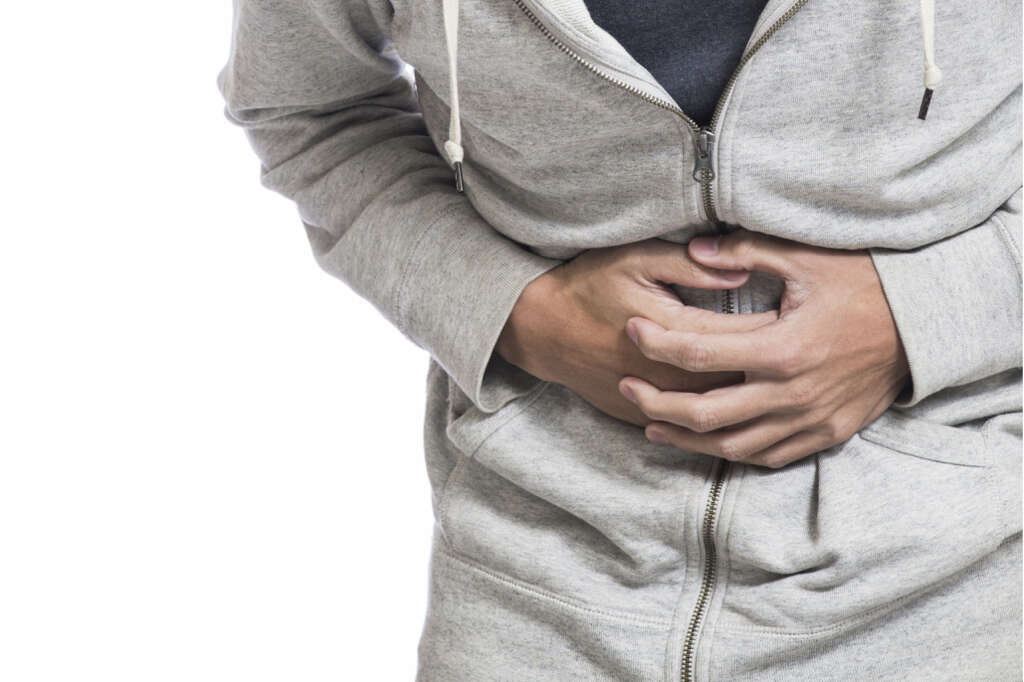
Symptom #5: Feeling Worse after Eating
The pancreas plays an important role in helping us to digest our food. This means that there is going to be more expected from it just after we have eaten. This, in turn, can mean that our symptoms are likely to get worse just after we have eaten. As a result of this, patients might sometimes be reluctant to eat.
It is still important to continue eating, though, because our body needs energy and nutrition in order to be able to fight off disease. In the meantime, of course, you should continue to take any medication that has been prescribed to you by medical professionals.

Symptom #6: Tenderness
Acute pancreatitis can be very painful, even when you are at rest. It can also be almost constant, making it difficult to bear. In addition to this there is, unfortunately, another type of pain that patients are likely to experience. This pain is tenderness and the abdomen can be very painful to the touch.
With such a symptom it is understandable that patients will want to avoid anything coming into contact with the area. It is advisable to rest as much as you can anyway to help your body in the healing process as much as possible. A medical professional may be able to prescribe something to help ease the pain.

Symptom #7: Upper Abdomen Pain
The specific location of pain can often help medical professionals come to an initial diagnosis or at least help them to narrow down the possibilities. In being able to narrow options down, they can then perform tests or compare with other symptoms to try and pinpoint exactly what the problem is.
The pancreas is an organ that is around 6 inches in length and is found just beneath the liver. Because of its location, you can expect pancreatitis to result in pain in the upper abdomen area of the body. Remember that giving doctors as much information as possible can help them find out what the problem is.

Symptom #8: Jaundice
Jaundice is a noticeable condition in which the patient becomes visibly yellow in color. Their skin will become yellow, their eyes will become yellow, and other parts such as the inside of the eyelids will also become yellow. This is down to the presence of a substance known as bilirubin, which is itself yellow-brown in color.
Bilirubin is a by-product of ageing red blood cells being broken down by the liver. This compound is usually then processed by the liver, meaning it is not normally found in the bloodstream. Conditions like pancreatitis, however, can affect this process, leading to the condition we know as jaundice.
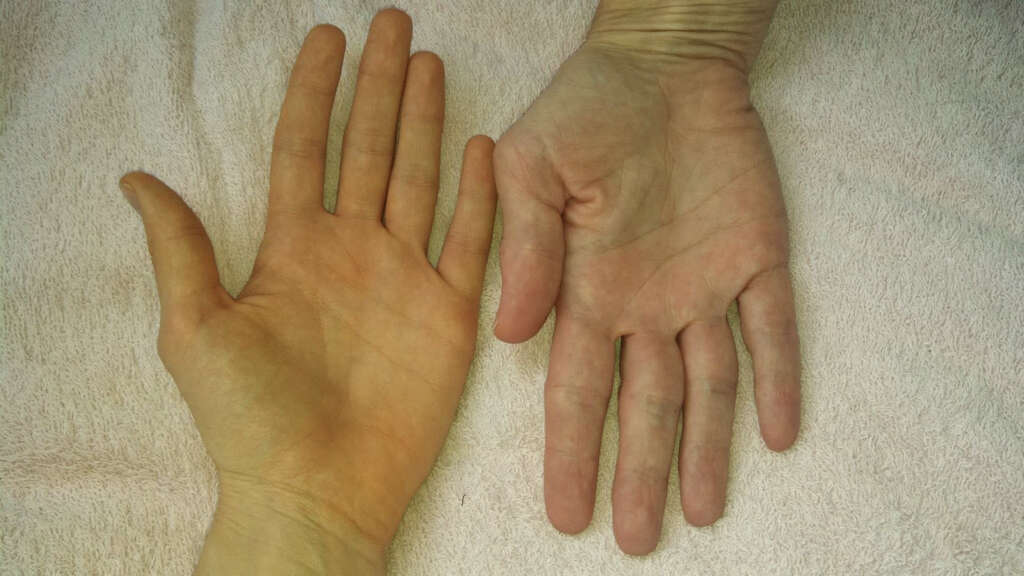
Symptom #9: Fever
Pancreatitis is a blanket term for inflammation of the pancreas. It can be caused by numerous factors, one of which is an infection. In such cases, it will usually be treated with antibiotics to help defeat the infection. Plus, of course, your own body will do what it can to fight off the infection.
The immune system has various methods of helping to deal with infections, one of which is a fever. This means raising the temperature of the body in order to try and make it too hot for pathogens to survive. While a fever is not necessarily dangerous in itself, it can be a sign of a serious problem and should also be monitored in case it reaches too high.
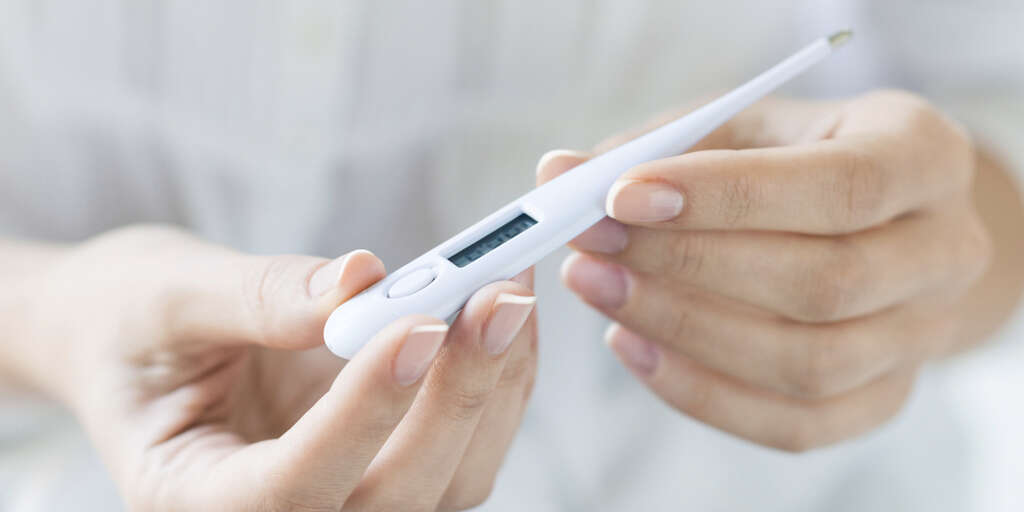
Symptom #10: Tachycardia
Our heartbeat will generally remain at a fairly steady pace throughout the day. It may well increase sometimes during the day if we have been exercising, or maybe of something has made us nervous or excited. If your heart is beating more rapidly than usual without a good reason, though, then it is a sign that something may be wrong.
A fast heartbeat is known as tachycardia. Tachycardia is a sign that there could be something seriously wrong and you should arrange to get it checked out as soon as you can. Treatment will depend on the underlying cause.
